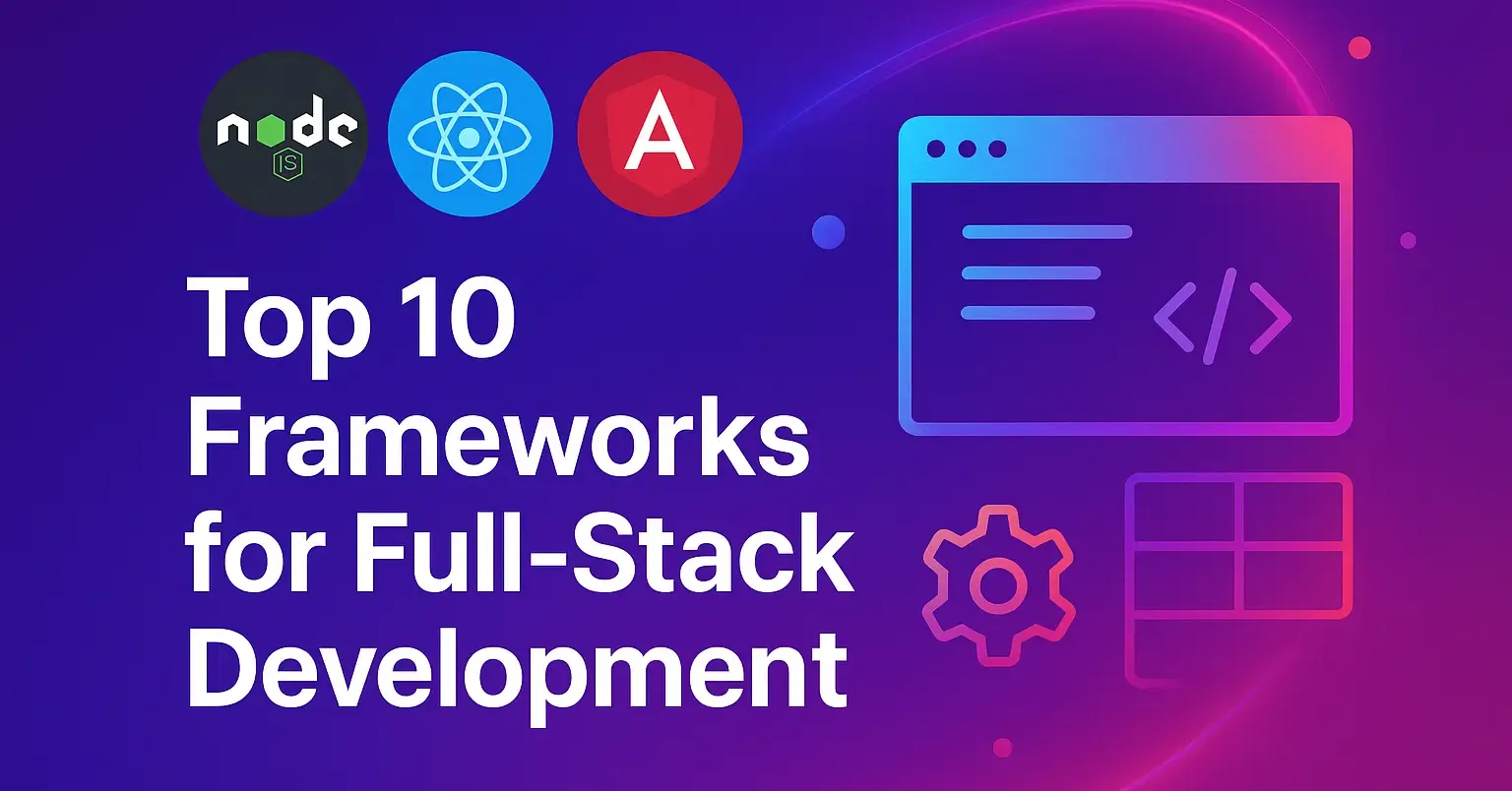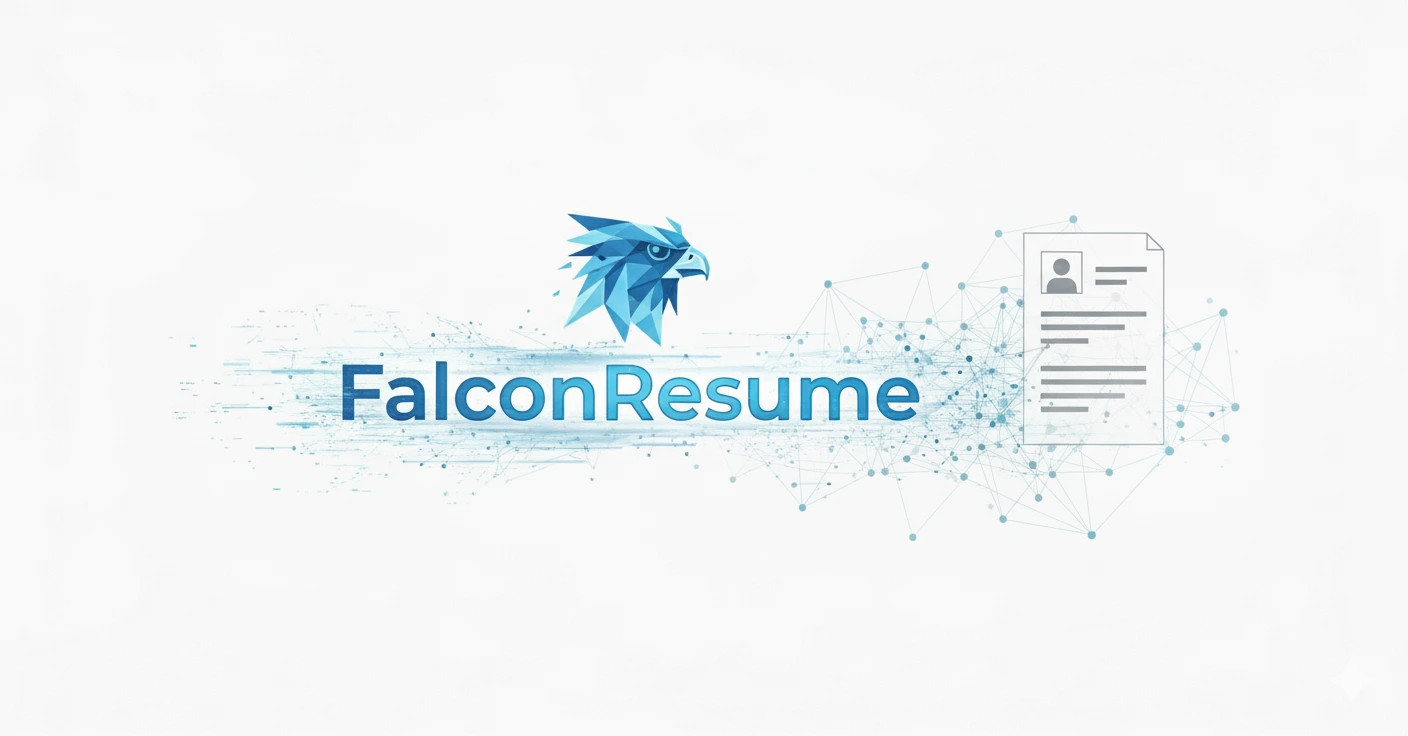Introduction
Building great software starts with choosing the right tools. For SaaS founders and development teams, your framework isn’t just code scaffolding; it’s your co-pilot. Pick the right one, and you'll fly through prototypes, scale with confidence, and sleep well at night. Pick the wrong one, and you can expect bugs, technical debt, and a lot of frustration.
In 2025, the demand for scalable, secure, and performant applications is higher than ever. To succeed, you need frameworks that not only get the job done but also align with modern development practices, like microservices, AI integration, and real-time functionality.
This year, these are the 10 full-stack frameworks that stand out for their performance, community support, and ability to foster developer happiness. Let’s break them down—with use-cases, key advantages, and trusted resources to get you started.
1. Node.js + Express.js
Why it's a top choice: The original JavaScript powerhouse, Node.js, combined with the minimalist Express.js framework, is the go-to for building fast, scalable APIs and microservices. Because both the server and client can use JavaScript, your development team can ship features faster and with greater consistency.
Best for: Real-time applications (think live chat or dashboards), building powerful SaaS APIs, and high-traffic platforms where speed is critical.
Pros:
Massive npm ecosystem means there's a package for almost anything you need.
Excellent asynchronous handling for non-blocking I/O operations.
Flexible and easy to pair with popular front-end libraries like React, Vue, or Angular.
Resources:
2. Django (Python)
Why it's a top choice: Known as the "web framework for perfectionists with deadlines," Django’s "batteries-included" philosophy is a game changer. It ships with a built-in admin panel, ORM (Object-Relational Mapper), user authentication, and robust security tools right out of the box. This saves countless hours of setup time.
Best for: Secure, enterprise-level SaaS platforms and any project where time-to-market is a critical factor.
Pros:
Exceptional security features that protect against common threats like CSRF and SQL injection.
Vast ecosystem with powerful extensions like the Django REST Framework.
Mature, well-structured documentation and an active community.
Resources:
3. Ruby on Rails
Why it's a top choice: Rails is famous for its "convention over configuration" approach, which drastically reduces boilerplate code. If you want to launch an MVP (Minimum Viable Product) and validate your idea quickly, Rails is still one of the fastest ways to get there.
Best for: Startups and small teams that need to build and iterate rapidly.
Pros:
A mature and comprehensive ecosystem with pre-built solutions for common problems (e.g., Devise for authentication).
Powerful scaffolding and code generators to automate repetitive tasks.
A friendly and supportive community.
Resources:
4. Laravel (PHP)
Why it's a top choice: Laravel has revitalized PHP with its expressive, elegant syntax and first-class tooling. It offers a wide range of features that make building complex applications a smooth experience, from its powerful Eloquent ORM to its built-in job queues.
Best for: Building modern SaaS dashboards, CRM systems, and e-commerce marketplaces.
Pros:
An excellent suite of developer tools like Horizon and Telescope for monitoring.
The Blade templating engine pairs perfectly with modern front-end frameworks like Tailwind CSS.
Widespread hosting support.
Resources:
5. Spring Boot (Java)
Why it's a top choice: This is the enterprise powerhouse. If your application needs to handle banking-level scale, strict compliance, and massive traffic, Spring Boot is a rock-solid foundation. Its focus on performance and scalability makes it a favorite for large-scale, distributed systems.
Best for: Microservices, large enterprise SaaS platforms, and security-sensitive applications.
Pros:
Incredible performance and reliability, backed by the JVM.
Massive, mature ecosystem with tools like Spring Security and Spring Cloud.
A strong, well-established community.
Resources:
6. Flask (Python)
Why it's a top choice: A lightweight, minimalist alternative to Django. Flask is a "microframework" that gives you full control. It doesn't include an ORM or a built-in admin panel, so you can build only what you need, without any extra baggage.
Best for: Building RESTful APIs, small microservices, and experimental SaaS features. It's also a great choice if your application involves machine learning or AI workflows.
Pros:
Extremely flexible and modular.
Easy to learn and get started with.
Integrates seamlessly with data science libraries like Pandas and scikit-learn.
Resources:
7. Meteor.js
Why it's a top choice: Built from the ground up for real-time applications, Meteor.js is unique in its instant data synchronization between the client and server. This "data-on-the-wire" approach makes it incredibly fast for building collaborative tools.
Best for: Real-time chat applications, collaboration tools, and live dashboards where data needs to be updated instantly across all users.
Pros:
Built-in WebSocket support.
Seamless integration with the MongoDB NoSQL database.
A vast ecosystem of active packages.
Resources:
8. MERN & MEAN Stacks
Why they're a top choice: These aren't single frameworks but rather cohesive stacks that allow you to write your entire application—from the database to the UI—in a single language: JavaScript. MERN stands for MongoDB, Express.js, React, and Node.js. MEAN swaps React for Angular.
Best for: Teams who want to maintain a single language across the entire development stack.
Pros:
A huge pool of developers, as JavaScript is one of the most popular languages in the world.
Great for rapid prototyping and building single-page applications (SPAs).
Can be SEO-friendly with the right server-side rendering (SSR) setup.
Resources:
9. Next.js
Why it's a top choice: Next.js takes React to the next level by adding powerful features like server-side rendering (SSR) and static site generation (SSG). This makes your SaaS application incredibly fast and, most importantly, SEO-friendly—a critical advantage for attracting organic traffic.
Best for: SaaS marketing sites, content-heavy applications, and hybrid apps that need a mix of dynamic data and static content.
Pros:
Built-in routing and API routes simplify project structure.
Exceptional performance and improved Core Web Vitals.
Native integration with Vercel for seamless deployment.
Resources:
10. JHipster
Why it's a top choice: JHipster is a scaffolding powerhouse that generates a complete, full-stack project for you. It combines a robust back end (Spring Boot with Java/Kotlin) with a modern front end (Angular or React). It can save you months of initial setup time.
Best for: Enterprise teams that need to kickstart a new project with a pre-configured architecture.
Pros:
Generates a full project with microservices, authentication, Docker configurations, and CI/CD pipelines out of the box.
A solid choice for complex enterprise SaaS applications.
Generates both the back end and front end, ensuring they are perfectly integrated.
Resources:
How to Choose the Right Framework for Your SaaS
Your framework is more than just a technical choice—it's a strategic business decision. It will shape your team’s velocity, your product’s scalability, and even the culture of how you ship products. Here’s a quick guide to help you decide:
Need to build an MVP fast? Look at Rails or Laravel. Their "batteries-included" approach can cut development time in half.
Want end-to-end JavaScript? The MERN or MEAN stack, or even Meteor.js, can provide a cohesive experience for your team.
Is SEO critical to your growth? Next.js is the clear winner with its built-in SSR and SSG capabilities.
Building an enterprise-level system? Spring Boot and Django offer the security, scalability, and robust ecosystems you’ll need.
Hate tedious setup and configuration? JHipster will generate a complete, working project for you in minutes.
A Final Thought
In 2025, the competition in the SaaS market is fierce. Picking a framework that aligns with your product vision, team skills, and growth goals can mean the difference between scaling smoothly and stalling out early. We recommend experimenting with small prototypes before committing. Test deployment pipelines, check documentation quality, and gauge community activity. These factors matter just as much as technical benchmarks.
With these 10 frameworks, you now have a map to guide you. The journey is yours.



